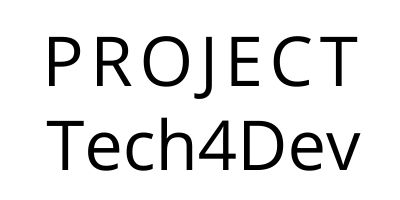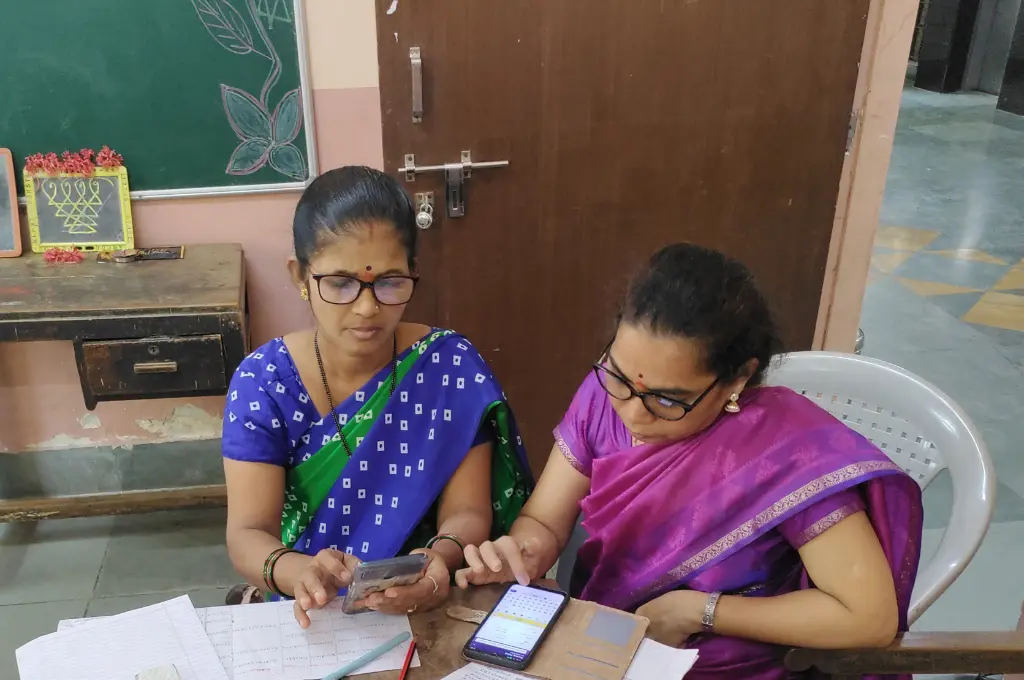When choosing a technology to interact regularly with the communities they work with, nonprofits usually have multiple options, of which two are more commonly opted for: building a custom app and using pre-existing software.
Apps may greatly enhance programme delivery depending on the programme itself and buy-in from the user base; consider, for example, an app developed for collection of data by fieldworkers that is launched after an extensive training period. However, they may not be the best option when engaging directly with communities, especially considering inequalities in digital access.
Over the years, other reasons have emerged as well. Getting users to adopt new apps is quite challenging, as is designing something on a limited budget. In addition, getting community members to open an app and interact with it regularly can be difficult if the app is not attractive enough or doesn’t provide instant gratification. Apps work best when they’re a part of the user’s routine, and to get an app to become a part of the user’s routine is a tough ask. It is also unjustified, from a cost perspective, to build an app if the number of users is too low.
Given these shortcomings, existing options or communications platforms that offer some degree of customisation may be a better approach for nonprofits. One such option is chatbots or automated interactive messaging through commonly used apps such as WhatsApp.
During the COVID-19 pandemic, to reach communities on the ground, many nonprofits started using WhatsApp to message community members or deliver information. Some nonprofits also employed WhatsApp for Businesses, which has a built-in chatbot feature and allows for designing some automated responses. There is a third option, WhatsApp Business API, which enables organisations to create conversational flows, use interactive messages, send broadcasts to a large audience, and design highly custom menus based on common chat patterns. This is very useful as it can offer a fair degree of customisation to nonprofits without them having to break the bank by building something from scratch.
For nonprofits that want to use WhatsApp to connect with their communities without the overhead of a massive tech team and development costs, Project Tech4Dev’s team has created Glific—an open-source, no-code platform that has been built keeping in mind the unique needs and challenges of the development sector.
This article is based on our learnings from working with more than 100 nonprofits that are using WhatsApp-based chatbots to keep their communities engaged.
What to think about before getting started
As more nonprofits pivot towards automated interactive messaging on third-party platforms, these are some of the things that they must keep in mind.
Reach: WhatsApp-based chatbots work best for those organisations that have to regularly interact with communities and are already using WhatsApp to do this. In our experience, having a reach of at least 500 people—whether through groups or one-on-one messaging—is crucial. This is because using a service with chatbots is usually done to scale the work, not to build a user base from scratch.
While many of our initial clients work in the education space—where they have to regularly reach out to students to ensure progress and also check in on that progress—or in allied sectors such as skill-building, over time we have worked with nonprofits in healthcare, civic action, justice and legal, financial inclusion, among other fields.
Use case: It is important to have a very clear idea of how you’re going to use the chatbot and the purpose it will serve. When onboarding new organisations to Glific, we usually ask them what they plan on doing with a chatbot. This helps them think through the chatbot design more carefully. For example, an agriculture organisation may want to ponder over what sort of information farmers might need from the chatbot. The answers could range from localised weather reports and remedies for ailing crops to information about schemes and farming inputs.
Talent: You should have at least one or two people who are comfortable with technology, aren’t daunted by it, and are confident about being able to use a new tool without a lot of trouble.
In Glific’s case, the platform is completely no-code and is designed for someone who does not have a tech background, but it is only a tool to enhance impact. Our learning with technology has been that a tool is only as good as the hand practising it. There is also a learning curve to most technology. In addition, you will need someone with a fair understanding of your community, and which of their needs you’re aiming to fulfil, in order to design the conversations and interactions they are expected to have with the chatbot.
Funding: Investing in any sort of technology will cost money, so it’s essential to have some funding earmarked for it. In the case of some nonprofits, funds will also be required for hiring people to work on the tech. Additionally, nonprofits should note that it will take some time for results to show. And while you can try out a software for shorter periods of time, say one to six months, it’s usually not economical to do this.

What are chatbots good for
Tech solutions are never the answer to all of a nonprofit’s problems, but they can have positive outcomes if implemented strategically. In Glific’s case, we have seen that organisations of different sizes and in different sectors have been able to stay in touch with the communities they serve, and tap into data that keeps them informed in real time.
Managing relationships with communities: Chatbots can be effective in service delivery during circumstances that make ground operations unsustainable, such as the pandemic. Moreover, if an organisation has already built relationships with a community, a chatbot can make it easy to sustain that relationship by facilitating regular interaction.
In addition, chatbots can enable nonprofits to look for solutions to old problems in new places. Bandhu, a nonprofit that works towards providing secure and affordable housing to migrant workers, used chatbots to connect two sets of people: migrant workers looking for low-cost housing and owners of low-cost housing in urban areas.
Distributing the agency to solve problems: Chatbots from organisations such as INREM Foundation, Reap Benefit, Youth Ki Awaaz, and CIVIS are decentralising knowledge, which makes it possible to discover, investigate, solve, and share local civic and climate problems. This means that every citizen becomes a sensor of local data and has the opportunity to get involved in the journey of becoming an active citizen and contributing towards a better local environment.
Collecting actionable data: Within the first month of launching a programme that involved the use of chatbots, Udhyam, an education nonprofit, was able to get information about the number of schools it had reached, the number of students onboarded and who were using the chatbot regularly, the districts that the programme had successfully penetrated, and so on.
Having such data can help organisations course-correct if required, measure the health of their programmes, and report on numbers to donors.
Achieving scale: Scale can mean different things to different organisations. We have seen that, in many cases, it means being able to reach more people who can benefit from your service or product. For example, by using Glific, organisations have been able to scale their work without having to hire more people to run programmes.
Pitfalls to avoid
1. A chatbot is not a substitute for regular programming
You can think of a chatbot as a steroid or a booster to regular programming, but not as a substitute. Chatbots cannot function as a programme team but can complement work that is already going on.
Take the example of an education nonprofit that runs programmes in Punjab and Maharashtra and already has teams working in these states. The organisation can’t expect to replicate the programme in Assam without doing anything else just because it has a chatbot now.
Chatbots should supplement existing efforts. If the same nonprofit has one team member visit Assam first and connect with, say, 100 students and share the organisation’s chatbot number, they would have already created a network that could be used to deliver services such as e-learning content, and they could reach more people as well. This also means that if in the future a programme team goes to Assam, there would be an existing rapport that has been maintained through the regular interaction facilitated by the chatbot. But chatbots cannot be expected to work without having made some inroads with community members already, whether physically or digitally.
2. Chatbots need people to manage them
Nonprofits also flounder when they assume that the chatbot will ‘solve’ their problems—just as a chatbot is not a substitute for programming, it cannot replace people.
While chatbots can help scale and collect data, you still need people who can think about users and their needs and design chat flows, people who can ensure that the chatbot is actually contributing to the solution rather than creating one more hurdle for a community member who wants to access a service or needs some information.
Moreover, if the chatbot is not able to properly present the services it offers to the community member, or if it cannot sufficiently grab a user’s attention in the first attempt, it can be difficult to build any sort of engagement.
Most platforms that develop chatbots have support teams that work with clients. If you’re availing of chatbot services, you cannot leave everything up to the platform. Someone from the nonprofit team still needs to be the point of contact with the platform team and be in charge of communicating the organisation’s needs, resolving issues, and so on. This two-way communication helps the nonprofit express their needs, following which the platform can help them develop a more tailored product.
—
Know more
- Read this article to learn what to keep in mind before implementing chatbots.
- Read this article to learn about chatbot use cases.
Do more
- Connect with the author at tejas@projecttech4dev.org to learn more about Glific and Project Tech4Dev’s work.






